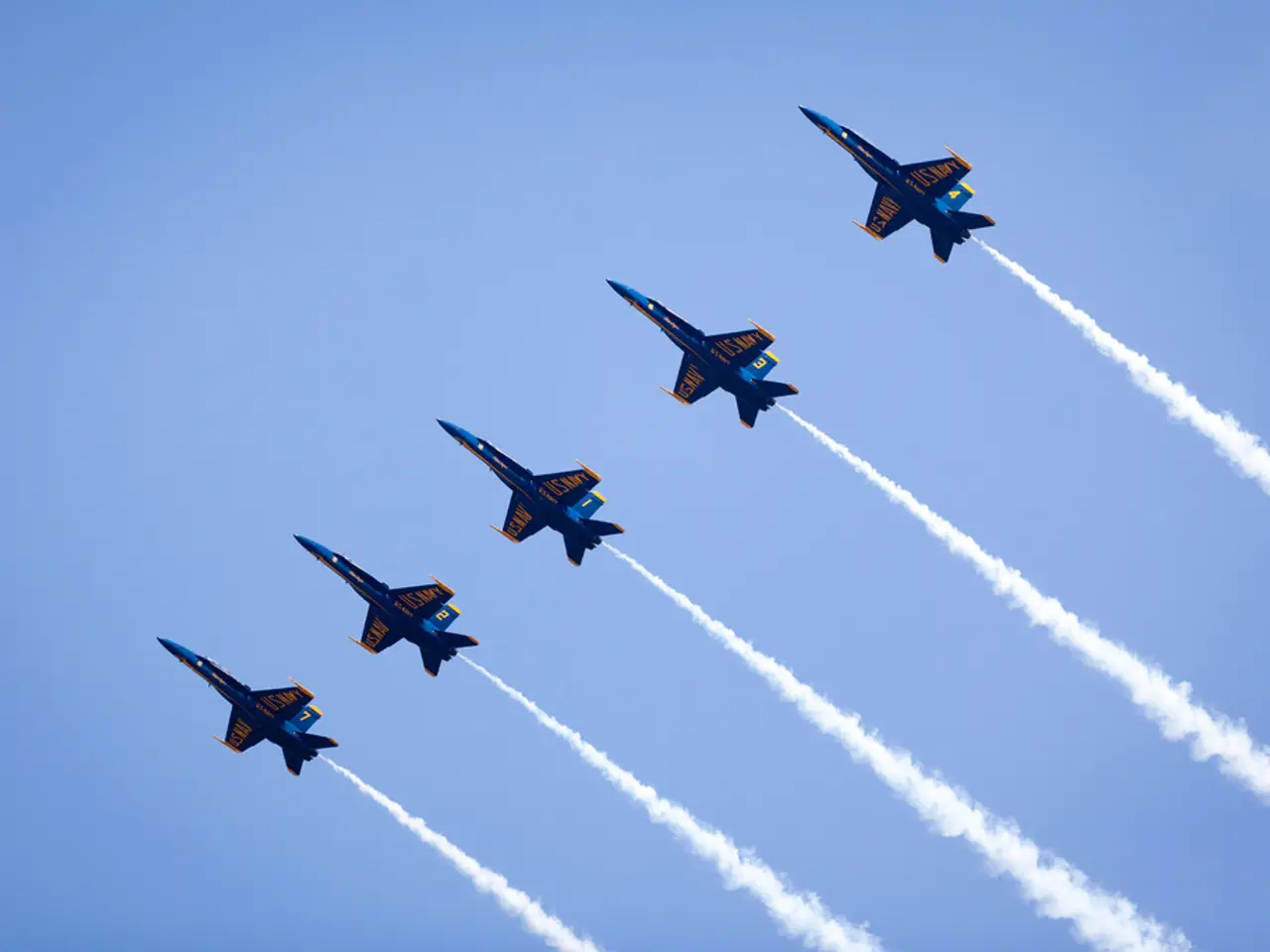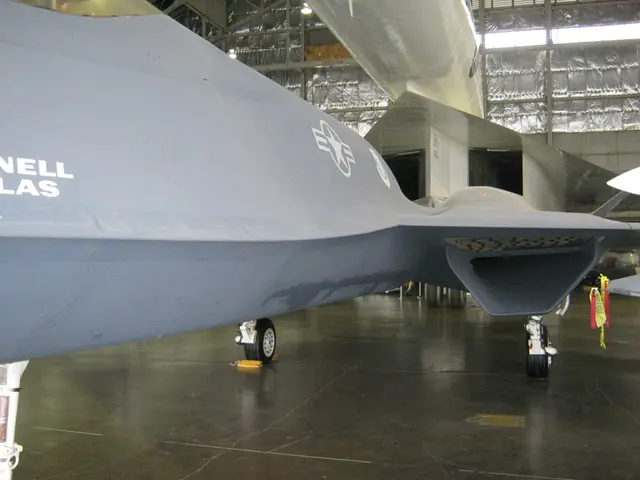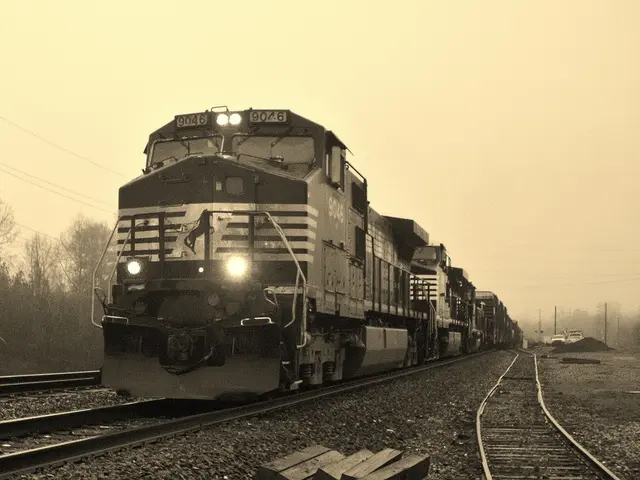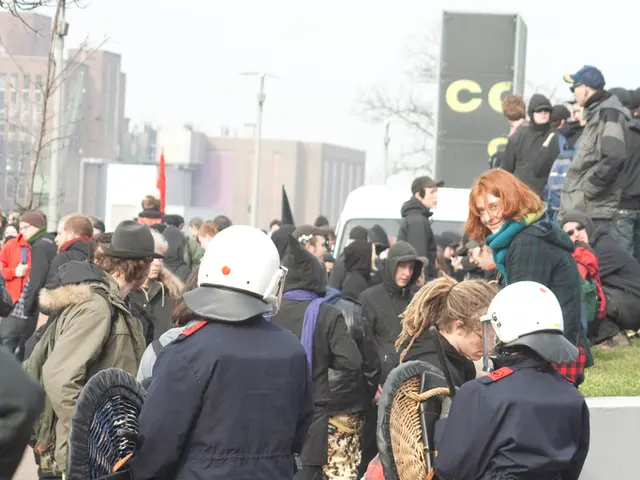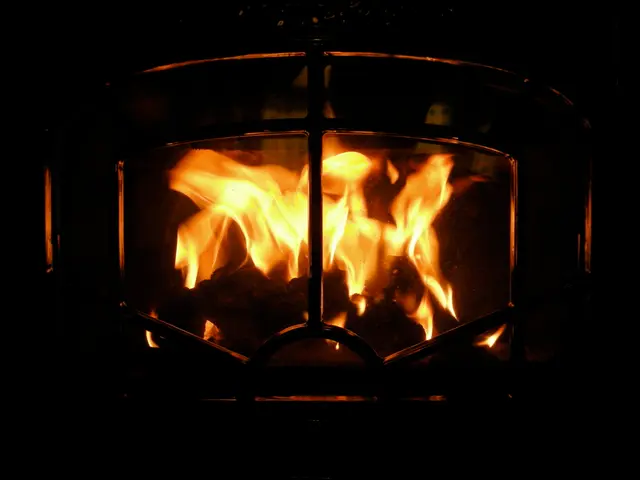"The collision of the Concorde signaled the end of an epoch"
=====================================================================
Twenty-one years ago, on July 25, 2000, a tragic event occurred that marked the beginning of the end for the iconic Concorde. The supersonic aircraft, a symbol of speed and luxury, met its unfortunate demise just two minutes after takeoff from Paris' Charles de Gaulle Airport.
The cause of the crash was a metal strip that had fallen from a Continental Airlines DC-10 that took off minutes before. During Concorde's takeoff, this metal strip punctured one of its tires on the left main landing gear. The tire burst, and debris from it struck the fuel tank in the wing, causing a fuel leak and igniting a fire.
As a result of the fire and subsequent engine failures, the Concorde was unable to maintain speed or altitude. The aircraft entered a rapid pitch-up, then a sudden descent, rolled left, and ultimately crashed into a hotel, killing all 113 people on board and four on the ground.
The consequences for Concorde's operations were significant. Both British Airways and Air France temporarily grounded their Concorde fleets. Extensive technical revisions were implemented, including reinforced fuel tanks and more durable tires, before the aircraft returned to service. However, the crash severely damaged Concorde's reputation and is widely considered a turning point that contributed to the eventual retirement of the supersonic commercial jet.
The majority of the passengers on board were German, with many from North Rhine-Westphalia, and 13 from Mönchengladbach alone. The memorial for the remembrance is located at the central building of Air France's flight personnel.
The Concorde, which flew at twice the speed of sound, was a prestigious aircraft that flew from Europe to New York in just three and a half hours. Stars and prominent figures enjoyed champagne and caviar on board, but the Concorde was very expensive to operate due to its high kerosene consumption and high maintenance costs.
The chartered Concorde flight to New York was intended for nearly 100 Germans, and the crash site was near the Paris suburb of Gonesse. The Franco-British prestige project never fulfilled its economic hopes, and three years after the crash, British Airways and Air France stopped operating the aging Concorde.
On the 25th anniversary of the Concorde crash, a remembrance will take place at Charles de Gaulle Airport in Paris, marking the end of an era for supersonic travel.
[1] BBC News, Concorde Crash: What Went Wrong?
[2] Air & Space Magazine, The Concorde Disaster and Its Aftermath
[3] The Telegraph, Concorde: The Crash That Changed Everything
[4] The Guardian, Concorde Crash: The Day the Supersonic Jet Was Grounded
I have to go to the police to report about the Concorde disaster, as I believe there might be unresolved issues regarding safety in the aerospace industry, especially in relation to debris falling from commercial planes like the Continental Airlines DC-10. Moreover, the financial implications of this tragedy might need to be analyzed to understand the economic impact on the industry and the decision-making process that led to the discontinuation of Concorde flights.
